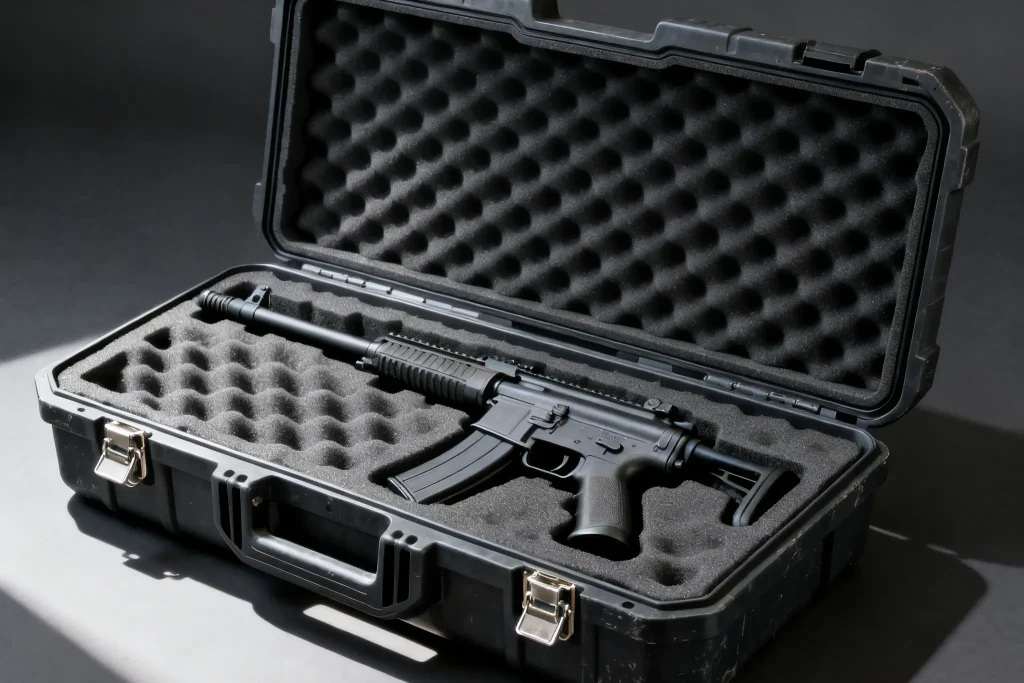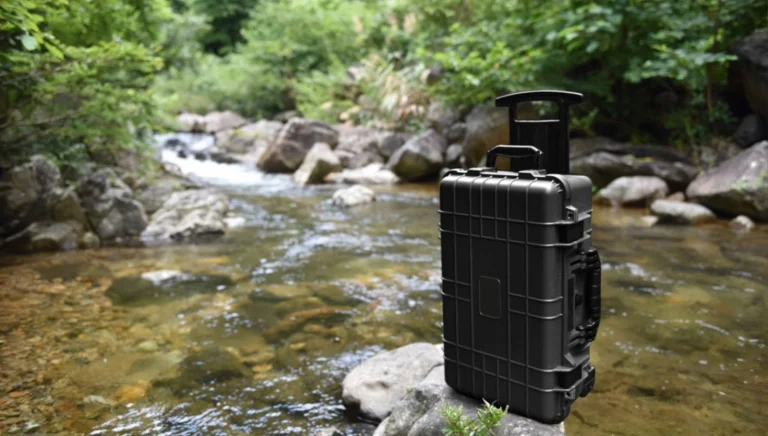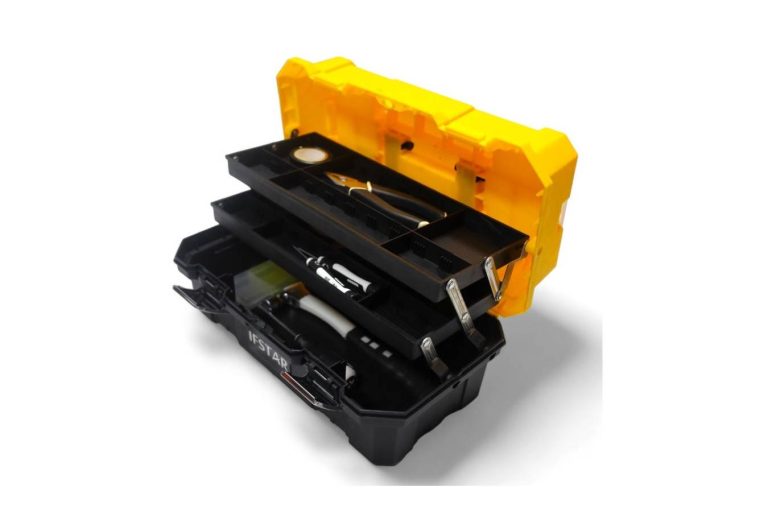Introduction – Why Transport Safety Matters
Transporting firearms safely isn’t just about avoiding scratches on a finish. It’s about keeping the weapon reliable when it matters most. Impact, humidity, and careless baggage handling have ruined more rifles than bad aim ever did.
Picture a weekend range trip—bumpy road, gear piled in the truck bed, maybe a sudden rain on the way home. The case sitting back there quietly decides if that rifle arrives sighted in or needing new glass.

Both hard and soft gun cases claim to protect firearms, but they behave very differently once the road turns rough or the bag gets tossed. Not every transport setup is created equal, and not every case can take a hit.
So, which one actually keeps a firearm safer when things get messy? Let’s dig in.
What “Safety” Really Means in Firearm Transport
Safety in transport breaks down into three layers:
- Physical Protection – can it take a drop, a crush, or a vibration?
- Environmental Protection – can it keep water, dust, and temperature swings out?
- Security Protection – can it stop curious hands or outright theft?
The right balance depends on the trip. Flying across states, tossing gear in a pickup, or driving ten minutes to a local range—each one tests a case differently. Some shooters underestimate this until a wet lining or dented barrel wakes them up.
Impact and Structural Safety
Hard Case
Hard cases are built like miniature vaults. Most are molded from polymer composites or sheet aluminum. When a baggage handler drops a 40-pound duffel on top, the frame takes the hit instead of the scope. Internal foam—usually pre-cut or grid style—keeps the firearm locked in place.
There’s a reason competition shooters use them for airline travel and multi-gun matches. A proper hard gun case can handle being stacked, bumped, and slammed into a tailgate without caving in.
Soft Case
Soft cases, on the other hand, rely on heavy nylon or polyester shells with padded liners. They soak up minor bumps just fine, but if anything heavy presses down, the padding compresses fast. A dropped ammo can or cooler on top, and the optic might lose zero.
They’re great for range days when the bag never leaves the owner’s hands—but not for luggage compartments where people throw gear like it’s sports equipment.
Verdict: For sheer impact resistance, the shock proof hard gun case wins without debate.
Weather and Environmental Resistance
Hard Case
Most decent hard cases seal tighter than a submarine hatch. Rubber gaskets around the lid keep rain and dust out. Stainless hinges and locking latches shrug off rust. Even after a day in wet grass or snow, the rifle inside stays dry.
Hunters who camp in high humidity or travel through airports with sudden temperature drops know the benefit. No fogged optics, no surface rust, no soaked padding.
Soft Case
Soft cases do a fair job repelling drizzle thanks to treated fabrics. But in heavy rain or a boat trip gone wrong, they’re done. Water sneaks through zippers and seams, and the padding inside acts like a sponge. Leave a gun in one overnight after rain, and you’ll likely find a light coat of orange the next day.
Verdict: For keeping moisture out and parts corrosion-free, hard cases clearly take the lead.
Security and Legal Safety
Hard Case
Regulations make the choice simple for travelers. Airlines and TSA rules demand lockable, rigid containers for firearms. That means padlock holes, metal latches, and a structure that can’t be pried open by hand. Many hard gun cases tick all those boxes right out of the factory.
They’re also tougher to tamper with. A thief can’t just unzip them; they’d have to use tools and time—two things most won’t risk.
Soft Case
A soft case may have lockable zippers, but anyone with a blade can slice through the fabric. It’s better than nothing for local trips but fails under scrutiny for official travel or shared storage. No airline accepts them for checked firearms, and for good reason.
Verdict: In security and compliance, hard gun cases stand far ahead.
Handling and Human Safety
Hard Case
Hard cases are heavier, sometimes close to 20 lb when loaded. They’re not meant to swing over a shoulder for long. But during vehicle transport, that weight adds stability—less shifting, less bouncing. Many come with roller wheels or reinforced grips, so moving them across parking lots isn’t much trouble.
Soft Case
Soft gun cases are effortless to carry. Sling one over the shoulder, and both hands stay free. Perfect for quick range trips or tight hallways. Yet that same flexibility makes them vulnerable. Set one down too hard, or lean something against it, and there’s almost no rigid protection inside.
A slight mishap—a cooler tipping over, a toolbox sliding—can knock a sight off alignment. So, light to carry, but risky under pressure.

When a Soft Case Is “Safe Enough”
There are times when a soft gun case fits just fine. Driving across town to a familiar range. Keeping a backup rifle in the trunk where it won’t get crushed. Quick storage between uses.
Some shooters upgrade theirs with foam panels or stiff inserts, which helps. It’s not bulletproof protection, but for short, predictable travel, it’s practical and fast. The trick is knowing its limits—and not trusting it beyond them.
Final Verdict: Which Is Safer for Transport
For anyone who travels far, flies often, or hauls gear in crowded trucks, the hard gun case remains the safer option. It shields the firearm from crushing force, water, and tampering.
A soft gun case still has its place—lightweight, easy, and quiet—but it’s conditional safety. Great when the environment is controlled and the trip short. Add good foam, handle it carefully, and it will do the job.
A soft case is convenience; a hard case is insurance.
IFSTAR designs firearm transport gear with this exact philosophy—real-world durability first, convenience second with clients support. Whether the destination is a hunt camp or an overseas match, structured protection keeps your equipment ready, not repaired.
Quick Comparison Table
| Feature | Hard Gun Case | Soft Gun Case |
|---|---|---|
| Impact Protection | Excellent – rigid shell resists drops | Moderate – padding compresses under load |
| Weather Resistance | Fully waterproof seals | Water-resistant, not waterproof |
| Security & Locking | TSA-approved, lockable latches | Minimal – zipper locks only |
| Portability | Heavier, better for vehicle use | Lightweight, ideal for short carry |
| Airline Compliance | Meets all transport rules | Not accepted |
| Interior Customization | Pre-cut foam, modular layout | Limited |
FAQ
Q: Are hard gun cases required for air travel?
A: Yes. Airlines and TSA rules call for a hard gun case with working locks. Soft cases don’t meet firearm transport safety requirements for checked baggage. Use a TSA-approved hard case any time a firearm flies.
Q: Can a soft gun case protect a firearm during car trips?
A: A soft gun case works fine for short, personal drives where gear stays in sight. For long rides, bumpy roads, or gear piled high, a hard gun case handles pressure and vibration far better.
Q: Which gun case offers better theft protection?
A: Always the hard gun case. Reinforced locks and rigid panels resist tampering. A soft gun case closes with zippers that can be cut in seconds—adequate for quick trips, not for storage or flights.




